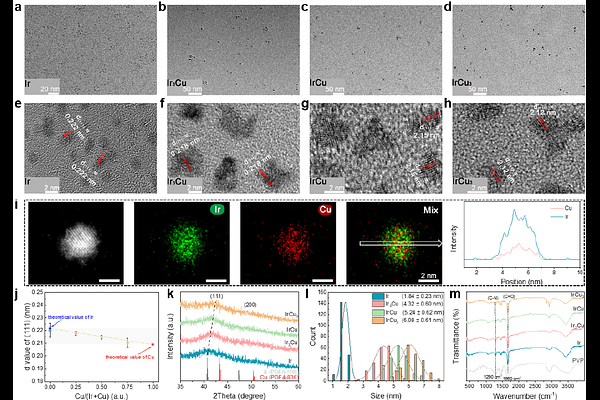Copper-Containing ROS-Scavenging Nanozyme Paradoxically Drives Alpha-Synucleinopathy by Amplifying Nitrosative Stress

Copper-Containing ROS-Scavenging Nanozyme Paradoxically Drives Alpha-Synucleinopathy by Amplifying Nitrosative Stress
Li, S.; Mao, Y.; Wang, N.; Zhang, J.; Zhi, X.; Chen, Y.; Si, J.; Yang, Q.; Kumbhar, R.; Joeng, D.; Song, J.-Y.; Yang, X.; Kang, B. G.; Khandekar, A.; Park, J.; Gao, Y.; Yu, S.; Chen, R.; Zhang, S.; Han, J.; Dawson, V. L.; Liu, P.; Han, S.; Dawson, T.; He, W.; Mao, X.
AbstractReactive oxygen and nitrogen species (RO/NS) are implicated in neurodegeneration, but their roles remain unclear. Here, we identify RNS as the dominant driver of alpha-synucleinopathy. Systematic nanozyme screening identified iridium (Ir) as a dual RO/NS scavenger that inhibits alpha-synuclein (aSyn) preformed fibrils (PFF)-induced propagation. In contrast, we discovered that incorporating copper (Cu), a known environmental neurotoxicant, consistently transforms various nanozymes into potent RNS generators. This effect was so pronounced that our copper-doped iridium nanozyme (Ir3Cu), despite its excellent ROS-scavenging capabilities, paradoxically and significantly exacerbated aSyn pathology by amplifying RNS. This RNS-driven pathology was confirmed mechanistically: pharmacological RNS inhibition blocked the exacerbated pathology, while transcriptomics revealed that the Ir3Cu+PFF treatment exacerbated a Parkinson-like gene trajectory which was robustly reversed by the same inhibition. Consequently, the broadly-scavenging, Cu-free Ir nanozyme, demonstrated robust efficacy in diverse alpha-synucleinopathy models, including brain-first, body-first, and co-pathology. Our study redefines the oxidative stress paradigm in alpha-synucleinopathy, establishing that Cu-modulated RNS is a key pathological driver and therapeutic target.